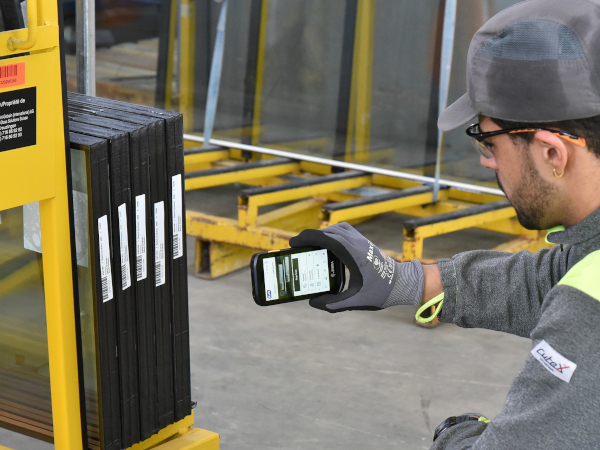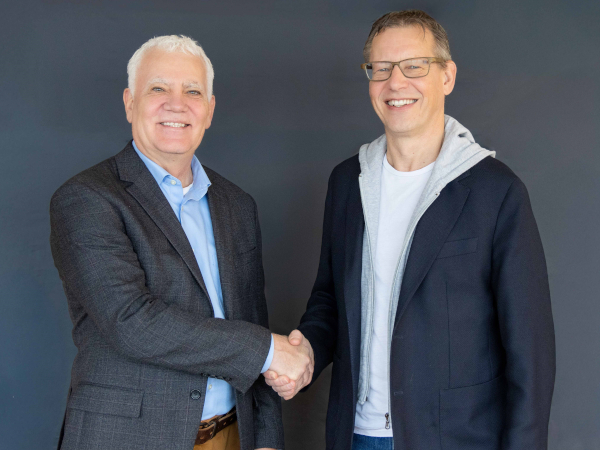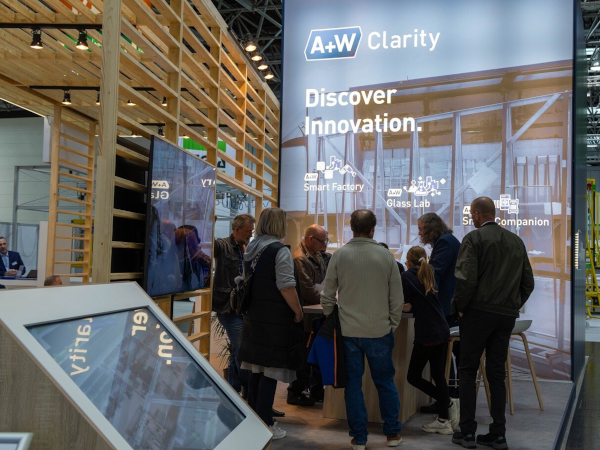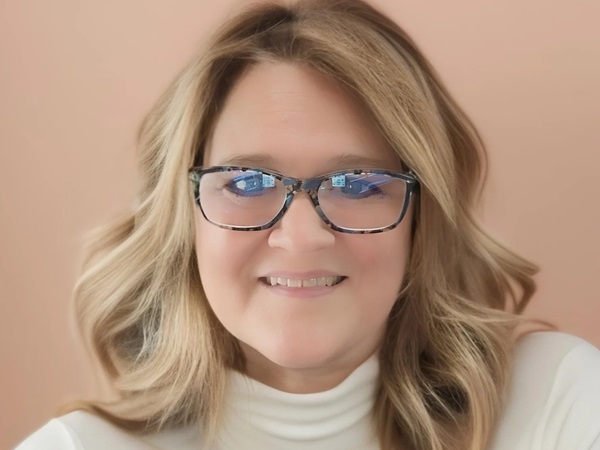Date: 24 December 2012
Hence the idea of a presentation for the A+W staff.
The joint developments and projects of A+W and HEGLA deal with the process chain, from the delivery of basic glass at the processor’s up to the provision of the cut and sorted sheets at the IG line or at another processing station like the arrissing line for instance. This field offers enormous potential for process optimization. In 2012, A+W and HEGLA have realized some of the world’s biggest automation projects in the field of cutting / sorting / residue plate management. The core of these high-tech solutions are the sorting buffer “SortJet“ (HEGLA) and ALBAT+WIRSAM’s dynamic cutting control system “DynOpt“, often combined with the resi¬due plate management system “HEGLA ReMas-ter“.
The basic idea of the presentation according to HEGLA’s sales manager Peter Böhmer is “… that at the end of the day, only the combination of software and machine leads to success on the shop floor – and this is of course inseparably linked with automation concepts.“
The combination „SortJet/DynOpt“ provides highest yield and allows to automatically achieve any desired production sequence while requiring a minimum of space and being both elegant and compact. For the first time, the conflict between yield and cutting flexibility has been solved in an intelligent way. With this combination of maximum yield and a small buffer, the „SortJet“ ensures the supply of the production lines at any time, in case of modern systems usually with a direct link between buffer and production line. This makes clear that the key to proper logistics in flat glass processing is the cutting area: The efficiency of the processes is achieved by the intelligent, automatic supply of material. Peter Böhmer pointed out that „many of the problems which occur further along the process chain have to be solved right at the start.“
The fact that there is always new potential and opportunities is underlined by the current, intelligent algorithms which have been used to develop the basic process since the introduction of the system, such as the multiple use of slots in the „SortJet“ and in the residue plate storer „ReMaster“. Klaus Mühlhans explained HEGLA’s subplate rotation system ‚ Tracon‘ - implemented for the first time in a common project at Glas Fandel – without which it would be nearly impossible to set up automatic cutting/breakout lines in existing, sometimes cramped surroundings.
A brand-new function, introduced for the first time at this year‘s glasstec, shows how the integration of an additional optimization target can improve the overall results: The specific extension of residue plates which permits the storing in the ReMaster which requires a minimum residue plate size. If a residue plate is too small to be stored in the ReMaster, it usually goes to the cullet container. If the subplate is extended however by means of intelligent optimization, it can be stored, and therefore put to further use, which eventually increases the yield.
Deliberate creation of residue plates:
.jpg)
Such intelligent development approaches serve to constantly increase the yield and thus reduce the CO2 emission in the production of float glass: Glass saved is energy saved, material-saving production is ‘green production!‘.
With an integrated approach, Klaus Mühlhans explained, renouncing yet the last tiny bit of yield may improve productivity considerably. When cutting laminated glass for example, high-yield optimizations may reduce productivity because of longer processing time while easy-to-cut patterns result in less profit even if the productivity is high. This requires a decision as to which optimization target is preferable.








Add new comment